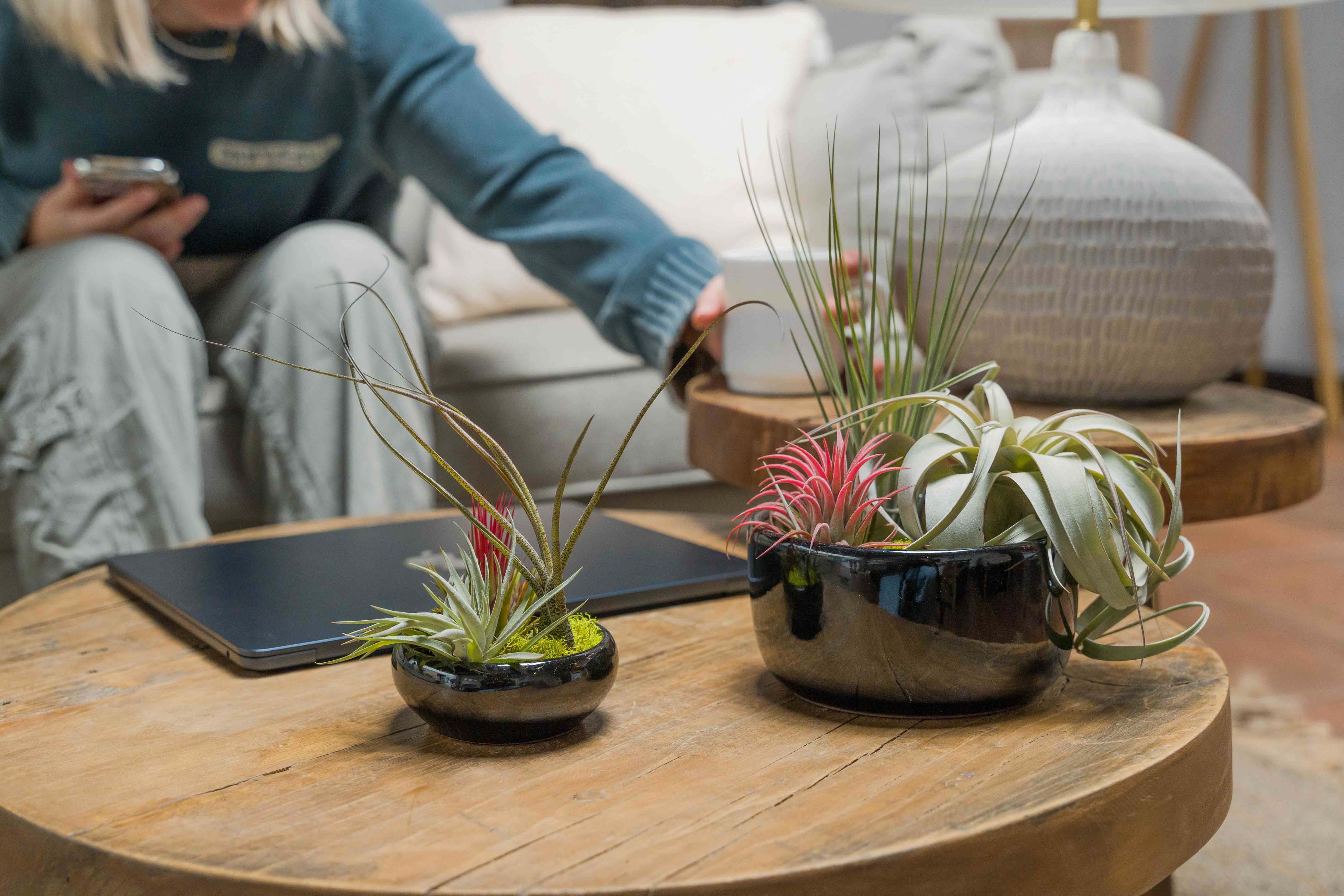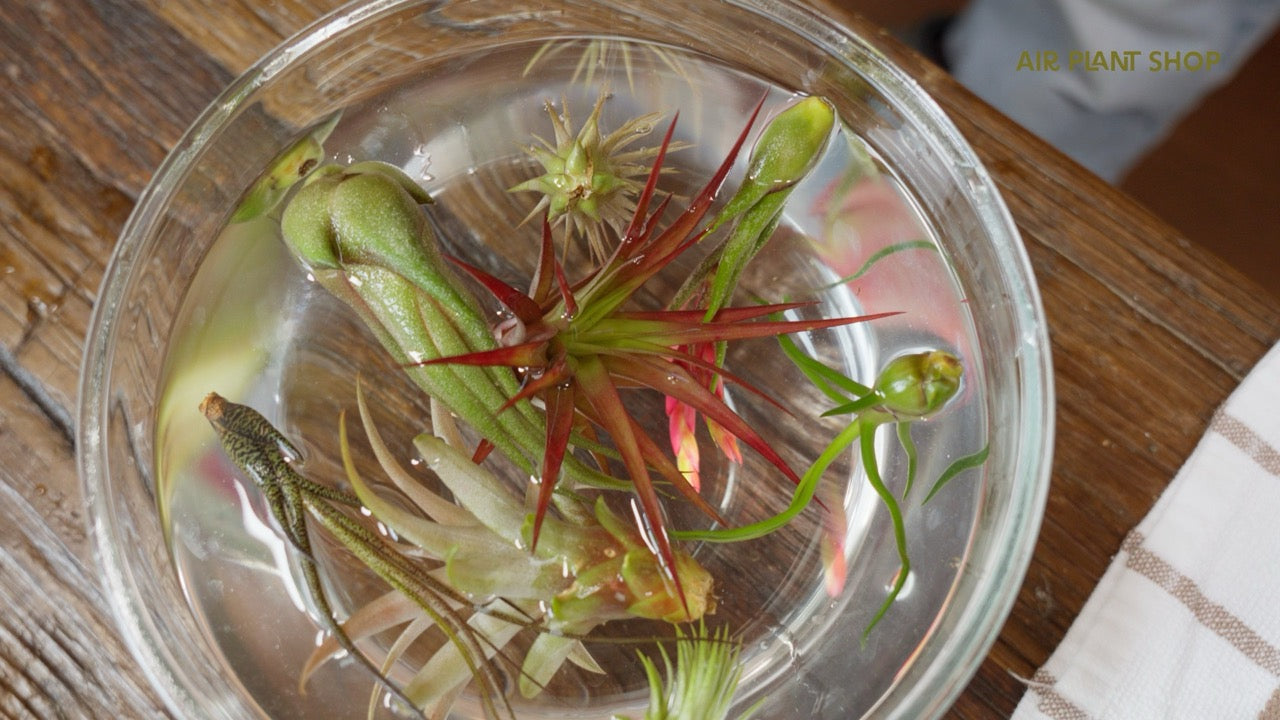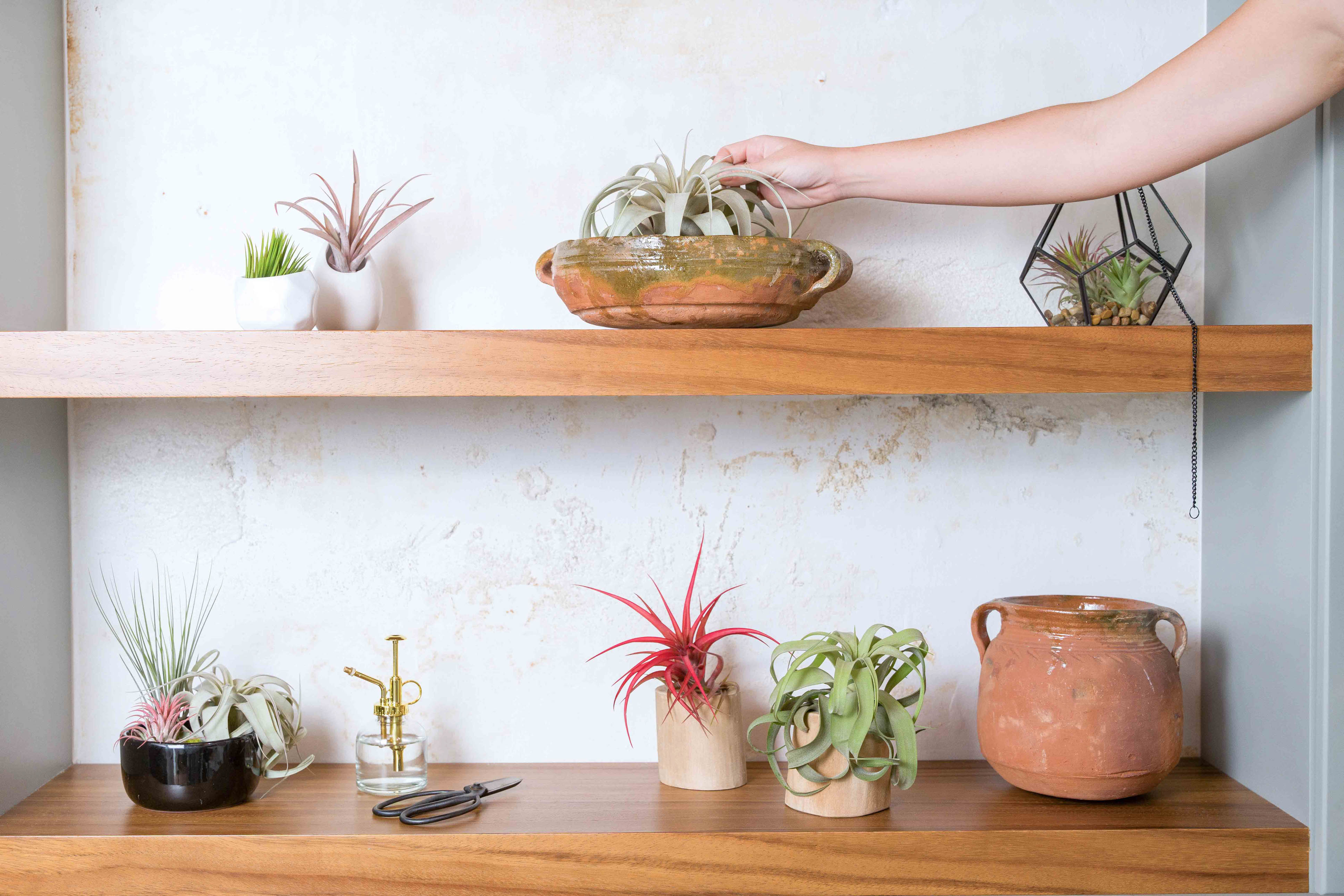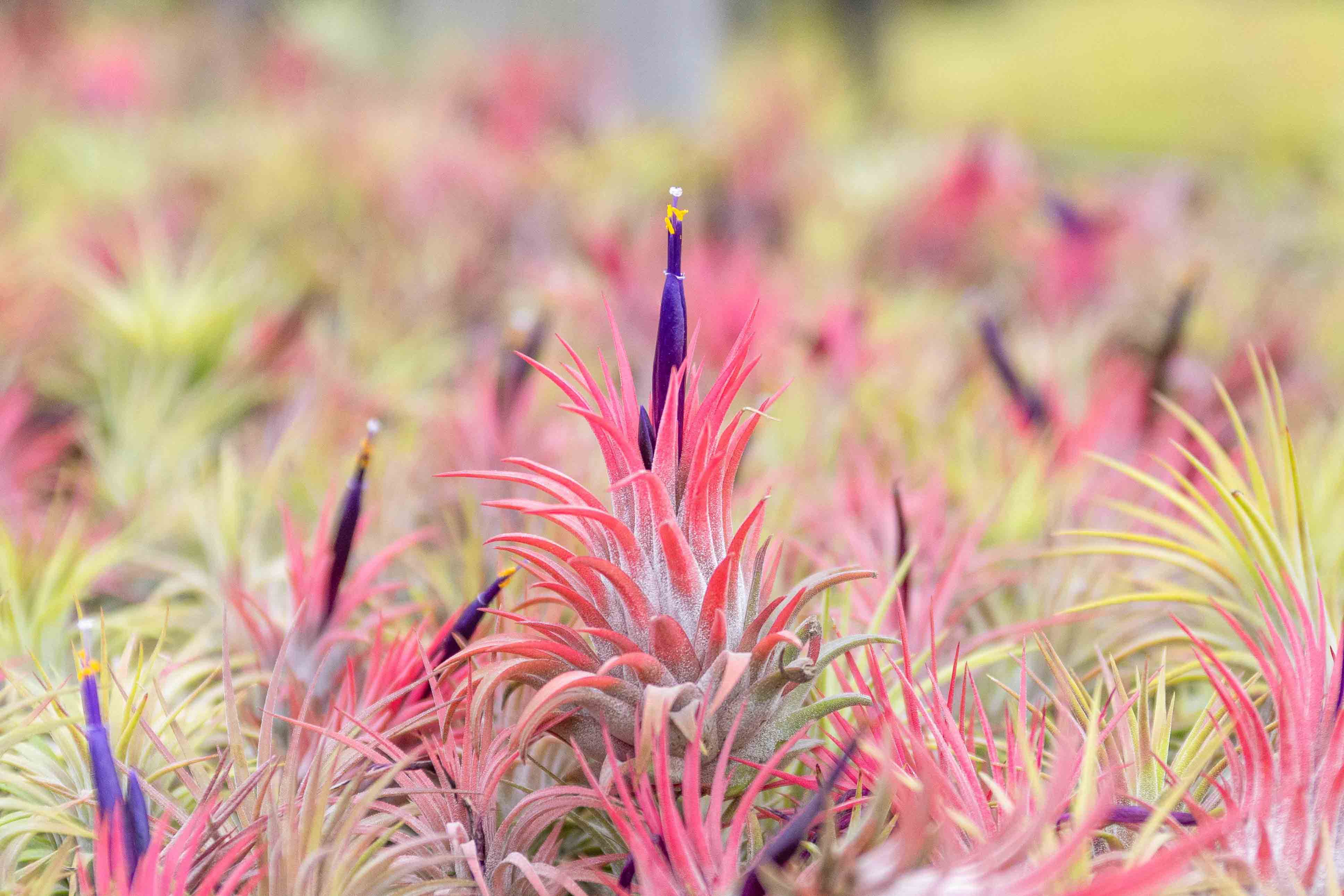Tillandsia Tectorum, one of our customers' favorite air plants, is native to Ecuador and Peru where it can be found growing in large populations on Andean cliff faces and outcroppings. The large, fuzzy trichomes and overall whimsical appearance appearance of the plant have made it exceptionally popular among both air plant novices and enthusiasts. If a few simple care instructions are followed (It's more what not-to-do than special care–Don't worry) this plant is actually one of the easiest tillandsias to care for.
This plant's unique form is due the extreme conditions in its native Andean climate. In Peru, Tectorum is seen growing in rugged, arid regions alongside cacti and agave in full sun. Due to the exposure to such bright ultraviolet light, the plants have adapted with large trichomes to reflect the strong solar radiation. Due to the variability of climate and elevation (from 3,000 to 8,200 feet) in their native range, mature Tectorum air plants vary significantly in size. Some plants will bloom at a mature size of only 3-4 inches in height and width, while I have personally seen others up to a foot tall and that are still yet to flower. Their flowers are a gentle pink with tiny, violet bracts.
The trichomes also serve to catch nutrients blowing in the wind in an otherwise low-nutrient environment. During the rainy season, the plants are subjected to bursts of heavy rain. Their open form allows them to dry quickly by catching the wind, in ecological necessity, so that their epidermis or "skin" under the trichomes is not saturated for too long, which would be detrimental to their natural transpiration or "breathing" process.
This bring us to our most import home-care instructions for Tectorum: It is very important that you do not submerge this species in water or let them remain wet for any length of time. This species will thrive on a thorough misting (nothing more) every 1-3 weeks. In addition, they require more light than other species due to so much of it being reflected. Direct sunlight in window settings are indeed appropriate for Tectorum.
Care Tips for T. Tectorum Ecuador
-
Water Sparingly: Do not soak your Tectorum air plants. Note: This is different than our watering recommendation for all other tillandsia that we sell. Instead, give your tectorum plants a thorough misting every 1-3 weeks depending on your climate. Water with less frequency in humid or damp climates, and more in dry ones. Remove them from an enclosed globe or terrarium for misting, waiting for them to fully dry before displaying in enclosures again. The plants should be completely dry within an hour of watering.
-
Provide Bright Light: The tectorum's white appearance reflects a good amount of incoming solar radiation. Because of this, they require bright light to properly photosynthesize. They will do well in window settings. In low light conditions, they will likely not deteriorate but essentially cease all growth, which is a snail's pace even in optimal conditions.
-
Do Not Over Fertilize: Tectorum air plants come from an environment that is naturally nutrient-poor so they do not require the same amount of nutrients as other tillandsia. This is due to the fact that they are very efficient at absorbing what small amounts of nutrients are available. Simply misting your plants with mineral, spring, lake or well water should be more than enough to satisfy their meager nutritional needs. Over-fertilization with regular tillandsia food many cause foliar burn, unless significantly diluted.
Be sure to let us know how you like to show-off your Tectorum Ecuador in the comments below. Feel free to email us with specific questions to info@airplantsupplyco.com. If you are looking to purchase Tillandsia Tectorum Ecuador, find the retail listing here. For bulk orders (minimum order of 12 plants), shop here.










I have a tillandsia tectorial. I live I eastern North Carolina where now in the winter it is very dry. My plant looks good but the trichhomes are turning up. I am a novice and don’t know if the plant is thirsty or what. I have sprayed it lightly but I don’t want to over water. What can you tell me. Thanks
Leave a comment